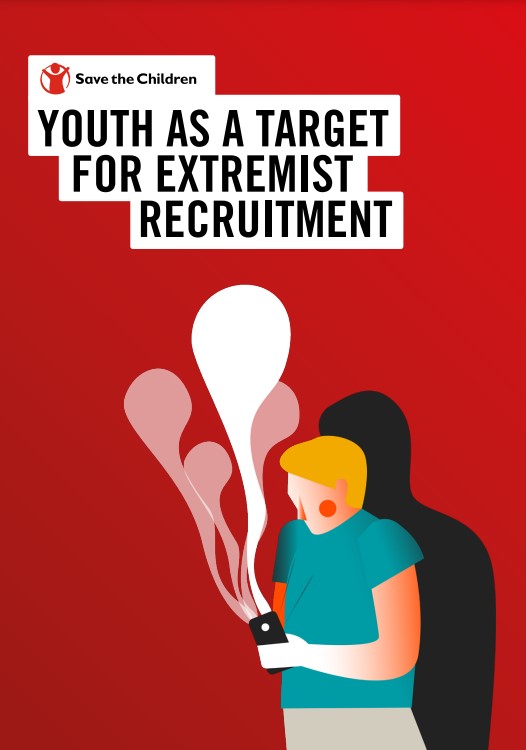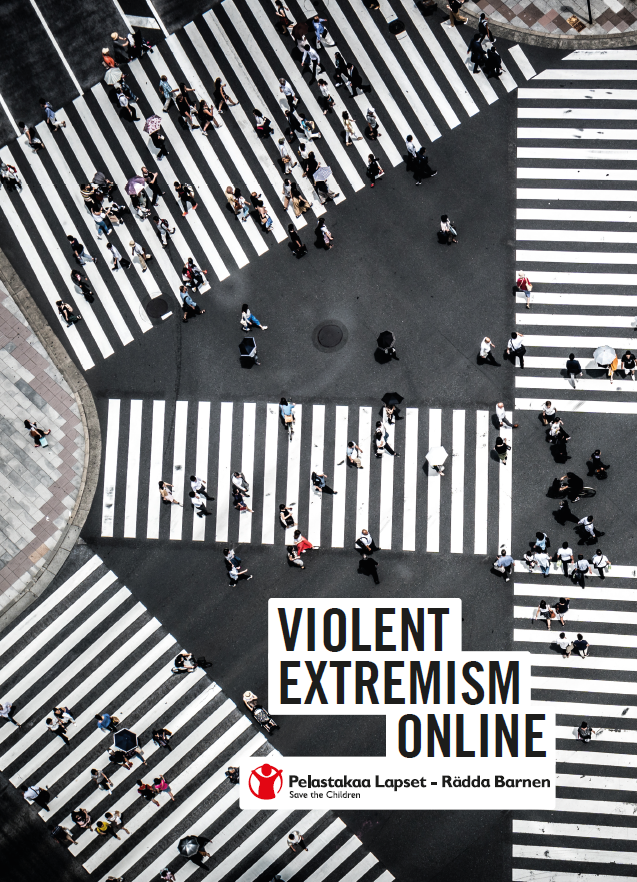Information about violent extremism
On this page we have compiled information about violent radicalisation and extremism as a phenomena threatening the rights of the child. Every child has the right to live without violence and fear of it. Accordingly, it is important to understand what violent extremism is and how we can best protect every child’s right to well-being, safety, and a violence-free childhood.
Violent radicalisation is a process through which person’s thoughts and worldview become increasingly extreme and start to include violent aspects. It reflects a growing commitment to a violent ideology and/or actions that oppose equality.
Violent extremism is a way of thinking and acting that opposes equality, universal human rights, and the rule of law. In practice, it means violence motivated by ideology and hostile attitudes; including its actual use, threats and/or encouragements to violence.
Violent radicalization is a complex phenomenon with many potential causes. Factors such as systemic disadvantage, deficiency in future prospects, marginalization, experiences of injustice, social exclusion, lack of social relationships, and inadequate skills to cope with life’s uncertainties and failures can under certain conditions make individuals susceptible to radicalization.
Anyone can become radicalized, but children and young people who are in the process of forming their identity and worldview are particularly vulnerable to extremist influences. Adolescence, in particular, is a period of life with many developmental factors that can make one suspectible to radicalization. For instance, the developmental tendency towards black-and-white thinking, a strong need to belong, and identity-related developmental tasks may put young people in a more vulnerable position in relation to violent radicalization.
Fortunately, radicalization remains a marginal phenomenon in Finland. However, societal polarization has increased in recent years, creating a fertile ground for hostile attitudes and inter-group relations, and radicalization of thoughts.
While hate speech cannot automatically be considered a sign of radicalization, it must always be addressed. Hate speech does not belong in any respectful dialogue or have a place in a democratic society.
Research shows that hate speech increases violence. It negatively affects its targets and the entire society, increasing discord and hostility among people. A society saturated with hate speech provides fertile ground for violent extremism.
The Internet alone does not cause radicalization, but it increases opportunities for it. What matters is how one uses the internet: which platforms one frequents and how one interacts on them. The internet is full of violent content and hate speech; extremist propaganda spreads quickly, and extremist groups actively try to recruit new members, especially on social media platforms. Therefore, it is important to strengthen the resilience of children and young people to violent ideologies and to make the internet as safe a place as possible for everyone.
At its core, prevention of violent radicalization means strengthening resilience, e.g. psychological resistance. Media literacy, critical thinking, emotional skills, and empathy are crucial protective skills against radicalization. In addition, it is essential to invest in general well-being and basic needs: ensuring that every child can feel their life is meaningful and that they belong in this society.
Read more from our publications

Violent extremist groups seek to ensure the continuity of their activities and are constantly recruiting new members and supporters for their ideologies. Extremist propaganda is spreaded especially online, and nearly all extremist movements use social media, video game platforms, and dark web forums to advance their agenda.
Read more about the recruitment channels and methods used by extremist groups in our publication.

Violent extremist content is especially salient online. It threatens child’s right to safety and wellbeing by undermining social cohesion, increasing polarisation and exposing children to hate speech, violent rhetoric and physical violence.
Read more about how violent extremism manifests online, and how can we safeguard children from it’s effects in our publication.